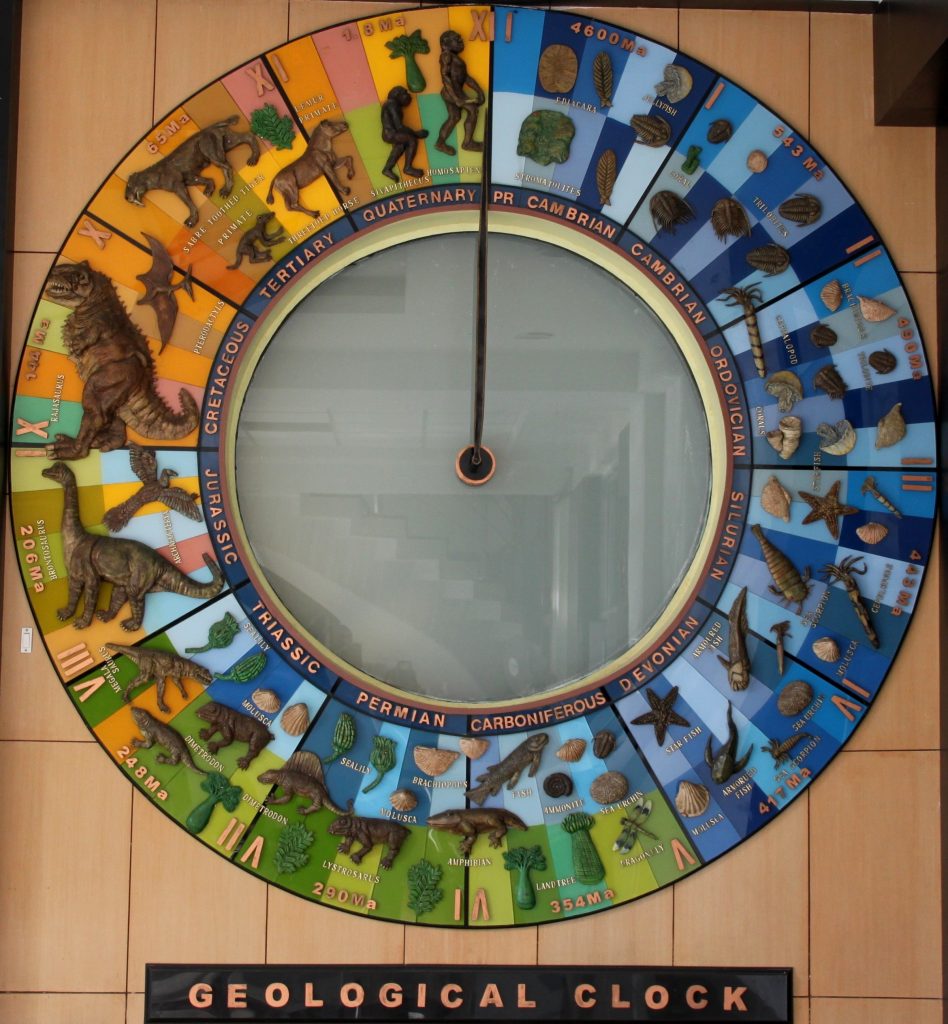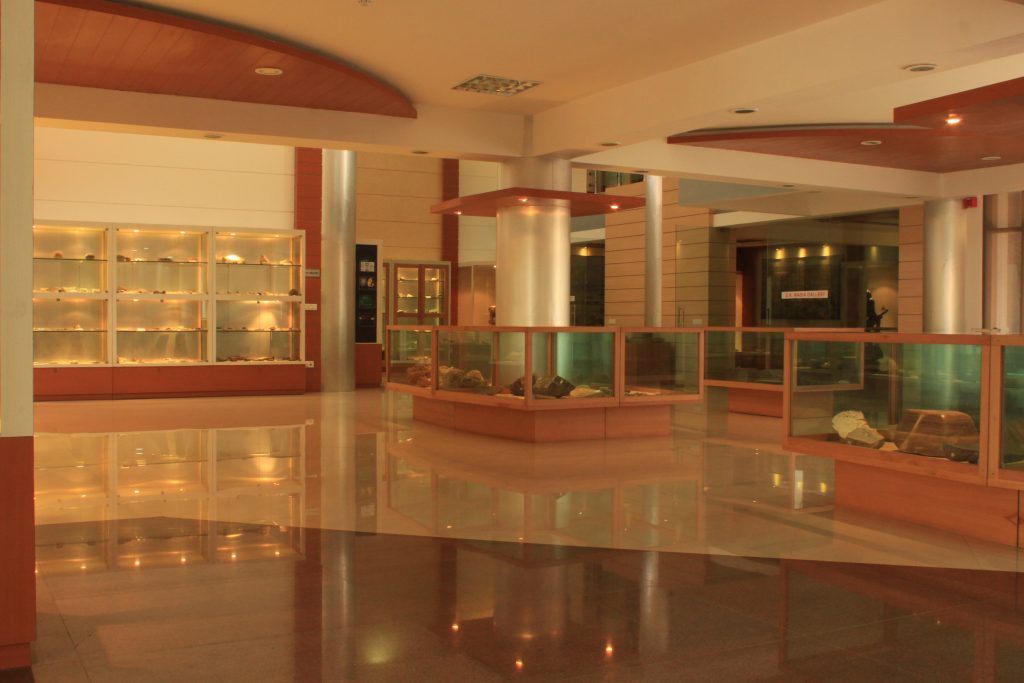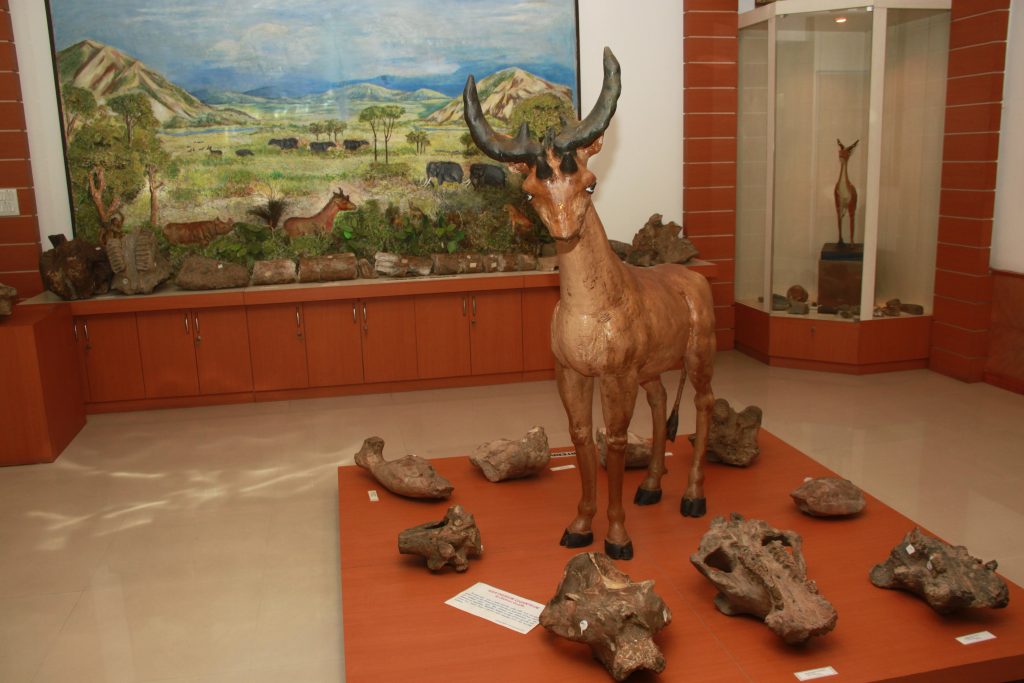Wadia Institute of Himalayan Geology

Wadia Institute of Himalayan Geology, Dehradun is an autonomous institution of Department of Science & Technology (DST), GoI, which came into being in 1968. It has been pursuing basic researches to unravel the orogeny of majestic Himalaya and provide improved understanding on seismogenesis, geodynamic processes, climate-tectonic interactions, evolution and extinction of life, ore formation, glaciology, river system, natural hazards (landslides, floods, and earthquakes), anthropogenic impact etc. towards the well-being of population and safe-guarding the properties and structures in the Himalaya and adjoining areas.
Initially named as the Institute of Himalayan Geology, it was renamed as the Wadia Institute of Himalayan Geology in memory of its founder, the late Prof. D. N. Wadia (F.R.S. and National Professor), in appreciation to his contributions to the geology of the Himalayas. During the last quarter century the Institute has grown into a centre of excellence in Himalayan Geology and is recognised as a National Laboratory of international repute with well equipped laboratories and other infrastructural facilities for undertaking advanced level of research in the country.


